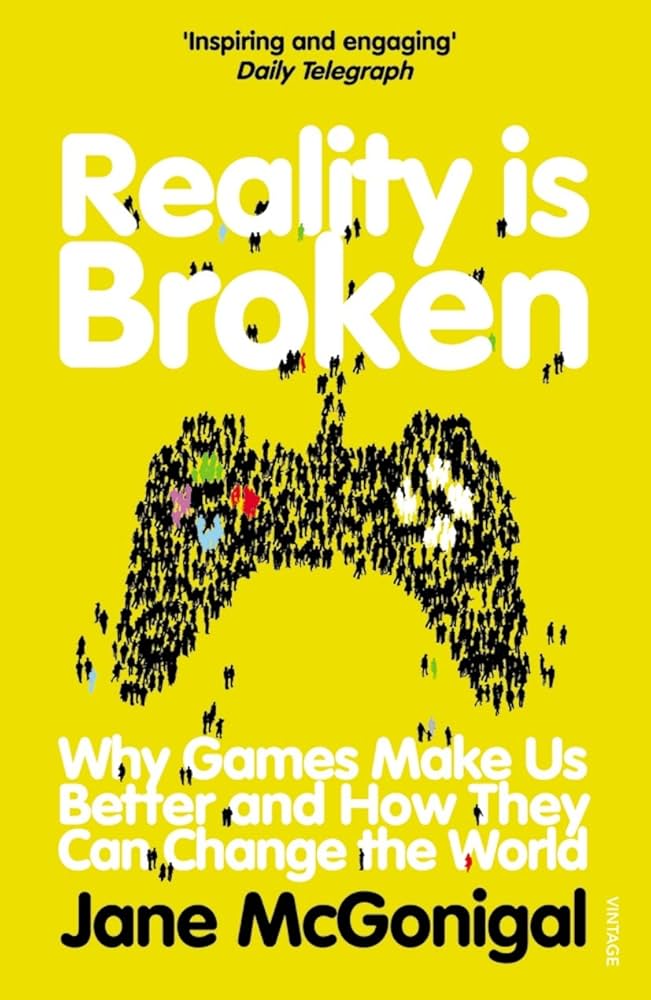Month: August 2013
-

Reality is Broken
I finished reading “Reality Is Broken” by Jane McGonigal. It’s a pretty long book (370 pages), but very well written. I highly recommend reading at lest the first few chapters. The author explains how playing games is essentially doing “work” for our brains and bodies, and how, quite logically, humans have evolved to enjoy…